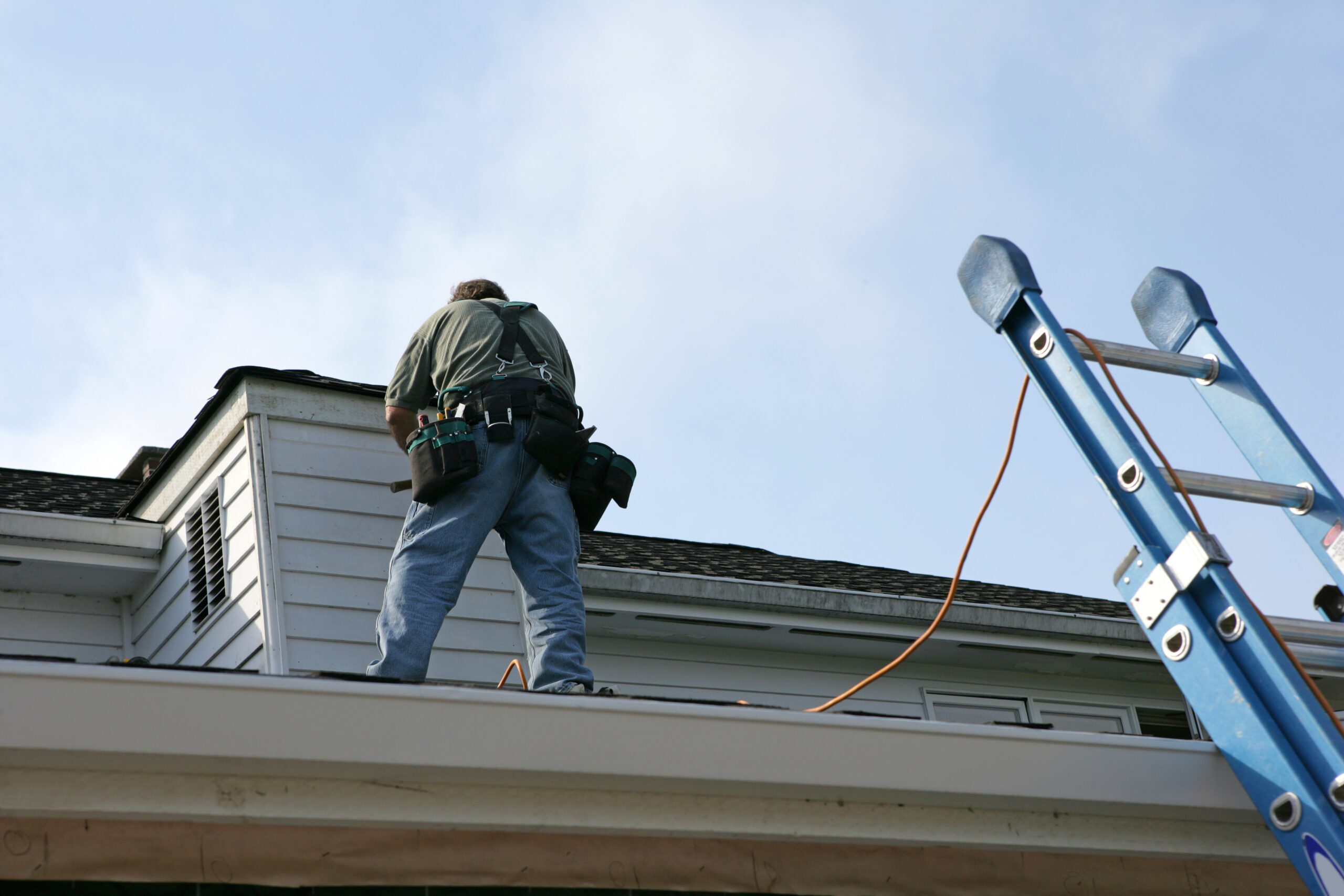Big Results From “The Small Stuff”.
In metal roofing, sometimes it’s easy to overlook the “little things” that go into a successful roofing system. I say “system” because for a metal roof to perform and protect properly, many different things must work together. For example, if a fastener fails, it doesn’t matter how great the rest of the metal roof is during a driving Florida rain. That’s why it pays to not overlook “the small stuff.”
Ventilation is Vital
Ventilation is one of the most important aspects of a roofing system that is often taken for granted. In fact, proper ventilation is crucial to the performance and longevity of a metal roof. By keeping out moisture, dust and pests, ventilation protects the roof itself from damage. Most people have heard horror stories of mold and other moisture damage, as well as sky-high energy costs, all due to improper ventilation. As a result, ventilation itself is accepted as necessary. But while most everyone knows it is needed, not everyone realizes that there is varying quality and performance among the different types of roof ventilation.
Here in Florida, deciding which type of roofing ventilation you should install with your metal roof is simple. Rather than relying on box vents, end gable vents, wind turbines (also called whirlybirds) or power ventilators, follow the U.S. Department of Housing recommendation. It states that continuous ridge ventilation is the most effective. It is the least dependent upon wind direction and it delivers three to five times more air flow than any other combination of ventilation. According to a Georgia Tech publication on energy-efficient homes, a combination of ridge ventilation along with soffit vents is the best, providing even air circulation un- der any wind conditions. The Tennessee Valley Authority agrees, adding that turbine roof vents are the least effective and that power vents may use as much energy as they save.
The choice is clear: a continuous ridge vent (in combination with soffit vents) will provide the best performance. But are all ridge vents the same? Absolutely not. There are three main variables to consider.
Material is the first thing to look at when choosing a ventilation system. Some products on the market are made of polyurethane. This material constantly expands as it soaks up water and con- tracts as it dries out. This constant flux causes these products to crack and lose their ability to per- form effectively. Have you ever seen black streaks on older metal roofs? That is the polyurethane ventilation disintegrating and literally running down the roof.
Another popular material of venting manufacturers is polyester. Much better than polyurethane, polyester prevents moisture absorption and holds together to keep out pests. This is a solid choice, but not the best.
The ideal choice is a combination of specially formulated polyester—manufactured from recycled material—along with polyethylene. Polyethylene is the strongest resin available on the market and provides the most durable performance. It is flame-resistant, clog-resistant and tear-resistant. And a very important fact for the harsh Florida sun, polyethylene is UV and temperature stable. Other materials are not.
The second thing to consider when choosing a quality ridge ventilation solution is the warranty. Look for a written warranty that is clear in what it covers. Some homeowners and contractors have been caught shorthanded by not having a written warranty on a ventilation product they thought was warrantied. The most reliable products will be backed by a 40-year warranty. Be sure to ask what the warranty covers and if it is pro-rated (which will lessen your coverage over time).
Lastly, make sure the product you choose has been tested thoroughly to perform as advertised. Unsubstantiated manufacturersʼ claims won’t keep the Florida wind and rain out of your attic. Look for a manufacturer that invests in testing either in-house or by a third party; or better yet, one that invests in both. For example, ventilation products that are Miami-Dade County Approved have been tested to withstand 120 mph wind-driven rain and hold up to extreme heat, both of which are important here in the Sunshine State.
Other Important Accessories
Beyond ventilation, there are other important “small things” that can have a big impact on how your met- al roof performs.
Sealants are used during installation to seal out water, dirt, wind and other substances that can get into small spaces, making the roof as weather tight as possible. There are different sealant technologies available including silicones, tri-polymers and polyurethanes. Another option is a paintable, UV- resistant MS-Polymer formula. Industry tests have shown this option to provide minimal shrinkage, high tensile strength, faster skin cure times, less dirt pickup and low-to-no odor compared to solvent-based products. These tests also revealed no cracking, splitting, yellowing or adhesion failures in the MS-Polymer formula sealant. Fasteners or screws are often seen as a commodity and not much thought is put into their selection. But as I mentioned earlier, if a screw fails, your roof fails. Look for fasteners that are mechanically coated with zinc. This process is much more precise and consistent than electro-plating or powder-coating, which can leave coating thin spots on the fastener, rendering it more susceptible to corrosion. Independent lab testing shows these mechanically-coated fasteners stand up to salt spray longer than other types of fastener choices.
Underlayment is another important element in your roofing system. Synthetic products are stronger and offer better warranties than non-synthetic choices. For Florida roof decks, I recommend self-adhered synthetic underlayment. It is more durable and automatically seals holes and crevices for better protection.
The Complete System
A metal roof is far more than simply sheets of steel. In fact, it is a complete system of materials that work together to provide stability, durability, ventilation and protection from moisture, pests and weather. Demanding quality in all the elements – even the “small stuff” – will make a big impact on the overall performance of your roof.
George Allaster, Jr. has been in the roofing industry for 33 years with extensive experience in the post-frame, residential and commercial/industrial/architectural markets. With Marco Industries for the past nine years, he is currently serving as the Eastern Regional Sales Director. Allaster emphasizes education as a critical part of customer service, providing proper training and product knowledge to help his clients succeed. Marco, which has a distribution warehouse in the Tampa area, offers 24-hour delivery time throughout Florida.



